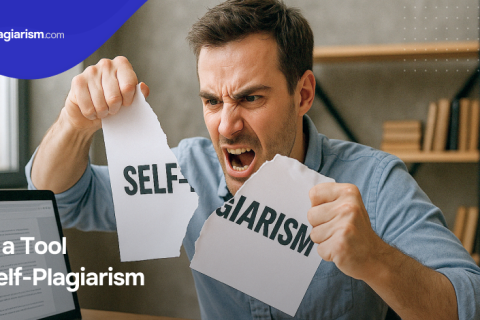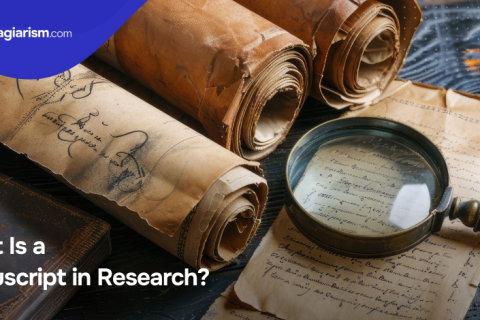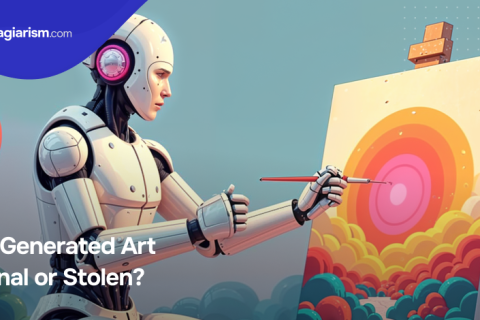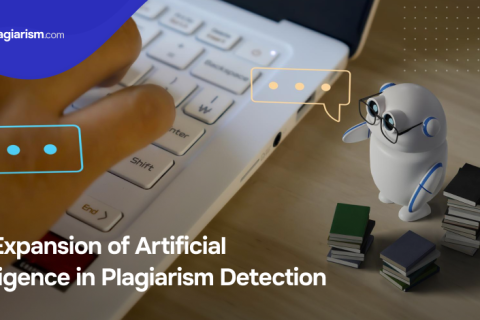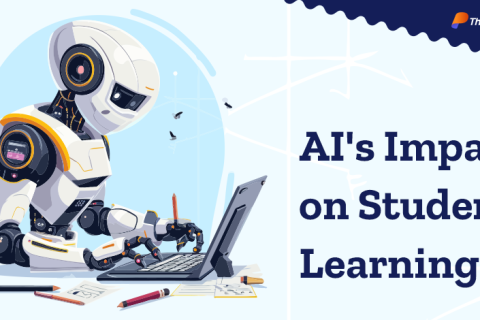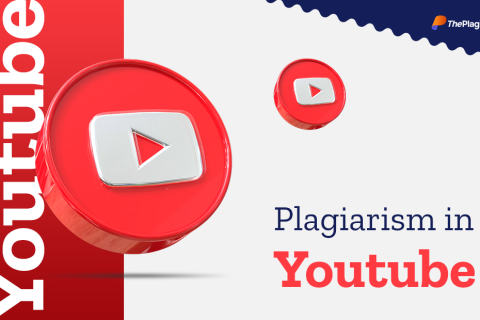Unintentional plagiarism
03 Jul 2015
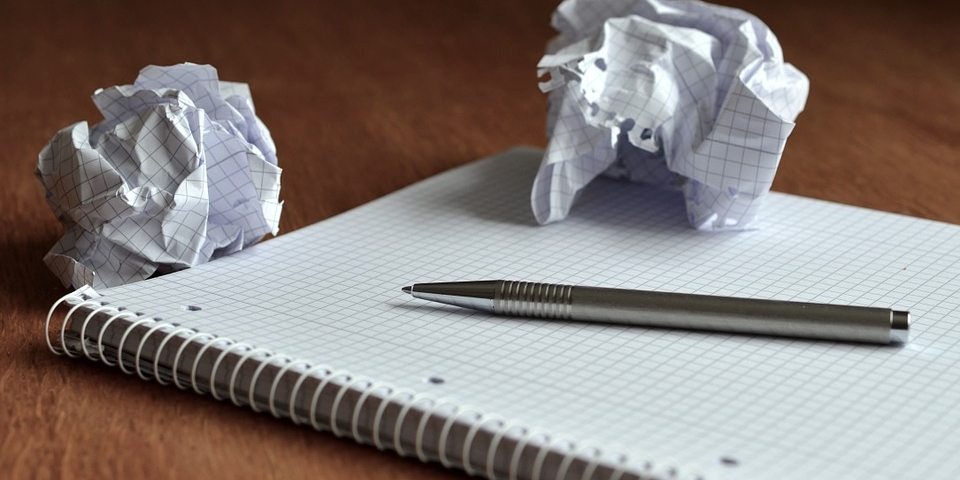
Students are required to submit absolutely original and authentic assignments whenever they are assigned these. Extensive research is required to obtain the data and information to be used in these papers. Apart from this large amounts of editing and redrafting are required to obtain the final draft of the project. Students are instructed to not involve themselves in any form of plagiarism and to keep their work original and creative. Some students choose not to follow this instruction but a majority of them do. Sadly though, in spite of their best intentions, a lot of students end up copying from the sources that they referred to accidently thus plagiarising without intention. There a number of reasons for this unintentional plagiarism that these students do by accident.
The first reason is because of doubts about the proper method of citation. Citing a source has a specific method and pattern that needs to be followed. As a number of students are unfamiliar about it, they end up making a mistake accidently. The second reason is because of the confusion and wrong impression students have between copying and paraphrasing. Most students are of the impression that plagiarism just means absolute copying. They think that directly copying material from source or from various other counts as plagiarising. They don’t realise that just paraphrasing by making little changes to another person’s work is not enough. These students believe that making their own modifications to external work is enough to make it original. These students have to be told that this is not a right practice. What these students should instead be doing is that they should only be referring to these works for better understanding and formation of their original thoughts and ideas. After this students should write and explain their own thoughts and ideas in their own words so as to be better able to explain them. The third reason for unintentional plagiarism is because of the confusion between freely available knowledge and personal ideas. Students don’t realise that there is a great deal of difference between stating general knowledge that is available anywhere and stating the personal ideas of another person. The fourth reason is the taking of improper notes. Students take hurried sloppy notes about the various information that they find because of which they accidently get confused between their own ideas and those of another’s. The fifth reason is related to the fourth one. Because of the careless notes that students take, they many times are unable to cite proper locations for the sources that they used. This is also wrong as proper locations for sources have to be mentioned otherwise it is considered as copying.
But the main reason for unintentional plagiarism is because the students are too naive to understand what is expected of them. Most of them think that their job is limited to simply “research” various sources of information for data and to simply quote them. They do this by simply looking for sources and copying from them. They have to be explained that the assignment actually calls for their original ideas to be put forward after referring to the information obtained from various sources.

